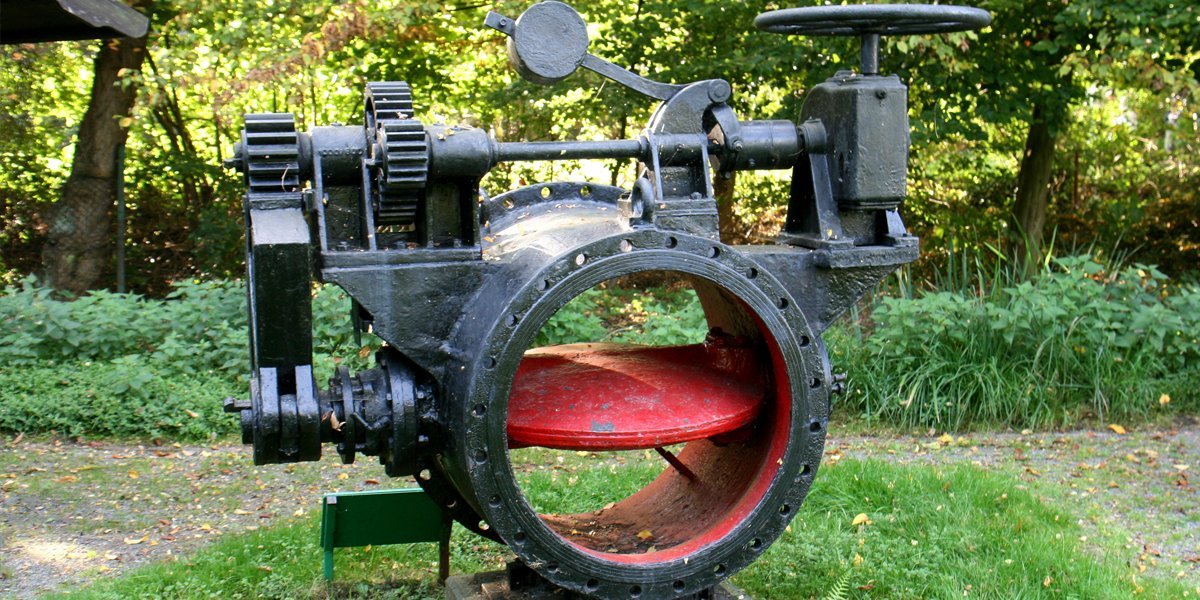Butterfly valves are quarter-turn valves commonly used in industrial, commercial, and residential applications. They are designed to regulate and isolate fluid flow and offer several advantages over other types of valves. This blog post will discuss the principle of butterfly valves and how they work.
Principle of Butterfly Valves
The principle of butterfly valves is based on the rotation of a disk that is positioned in the center of the valve body. The disk is connected to a stem that rotates the disk, which regulates fluid flow.
When the valve is in the open position, the disk is rotated perpendicular to the fluid flow. This rotation allows the fluid to flow through the valve with minimal resistance. When the valve is in the closed position, the disk is rotated so that it is parallel to the flow of fluid. This closure blocks the flow of fluid and isolates the system.
Butterfly valves are operated using a quarter-turn mechanism, which means that the valve can be opened or closed with a 90-degree rotation of the disk. This feature makes butterfly valves quick and easy to operate, which is important in applications requiring fast response times.
Components of Butterfly Valves
Butterfly valves consist of several key components, including the valve body, disk, stem, and actuator. The valve body is typically made of metal or plastic and is designed to withstand the pressure and temperature of the fluid being transported.
The disk is the primary component of the valve and is typically made of metal or plastic. It is positioned in the center of the valve body and is attached to the stem. When the stem is rotated, the disk is also rotated, which regulates the flow of fluid.
The stem is connected to the disk and is used to rotate the disk. It can be operated manually, using a hand lever or gear operator, or automatically, using an electric or pneumatic actuator.
The actuator is used to operate the valve and can be either manual or automatic. Manual actuators are typically hand-operated and are used in applications where the valve is easily accessible. Automatic actuators can be controlled remotely and can be programmed to open or close at specific times.

Applications of Butterfly Valves
Butterfly valves are commonly used in a variety of industrial, commercial, and residential applications. Some of these applications include:
Industrial Applications: Butterfly valves are commonly used in the chemical and petrochemical industries to regulate the flow of chemicals and gases. They are also used in pipelines, tanks, and reactors to regulate the flow of fluids.
Commercial Applications: Butterfly valves are commonly used in HVAC systems to regulate the flow of air and water. They are also used in plumbing systems to regulate the flow of water in buildings.
Residential Applications: Butterfly valves are commonly used in plumbing systems to regulate the flow of water. They are also used in pool and spa systems to regulate the flow of water.

